#polish actresses
Explore tagged Tumblr posts
Text
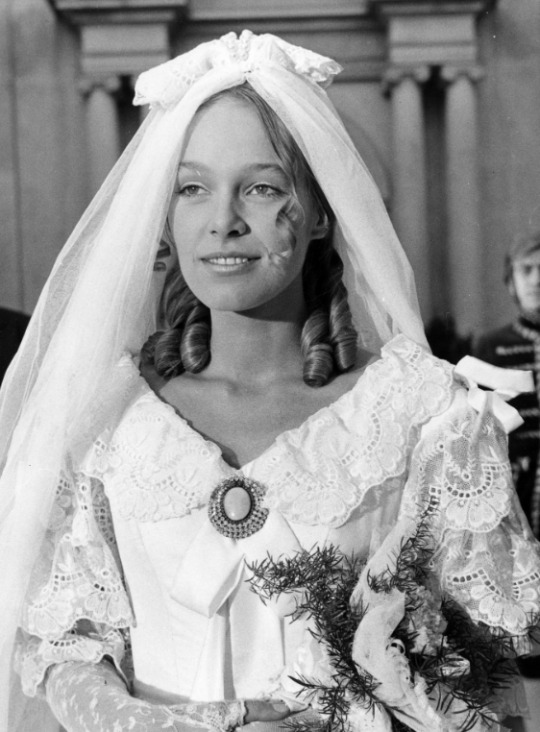
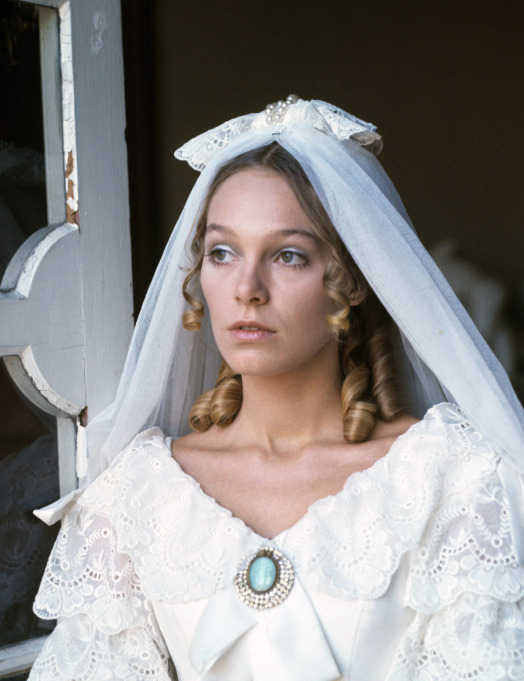
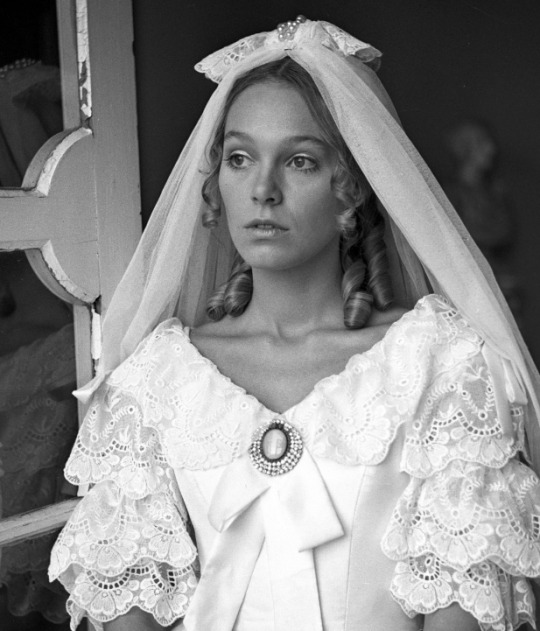
Małgorzata Braunek, 1970
122 notes
·
View notes
Text

Ingrid Pitt, Countess Dracula, 1971
711 notes
·
View notes
Text

Alicja Bachleda-Curuś in 'The last foray in Lithuania'
157 notes
·
View notes
Text
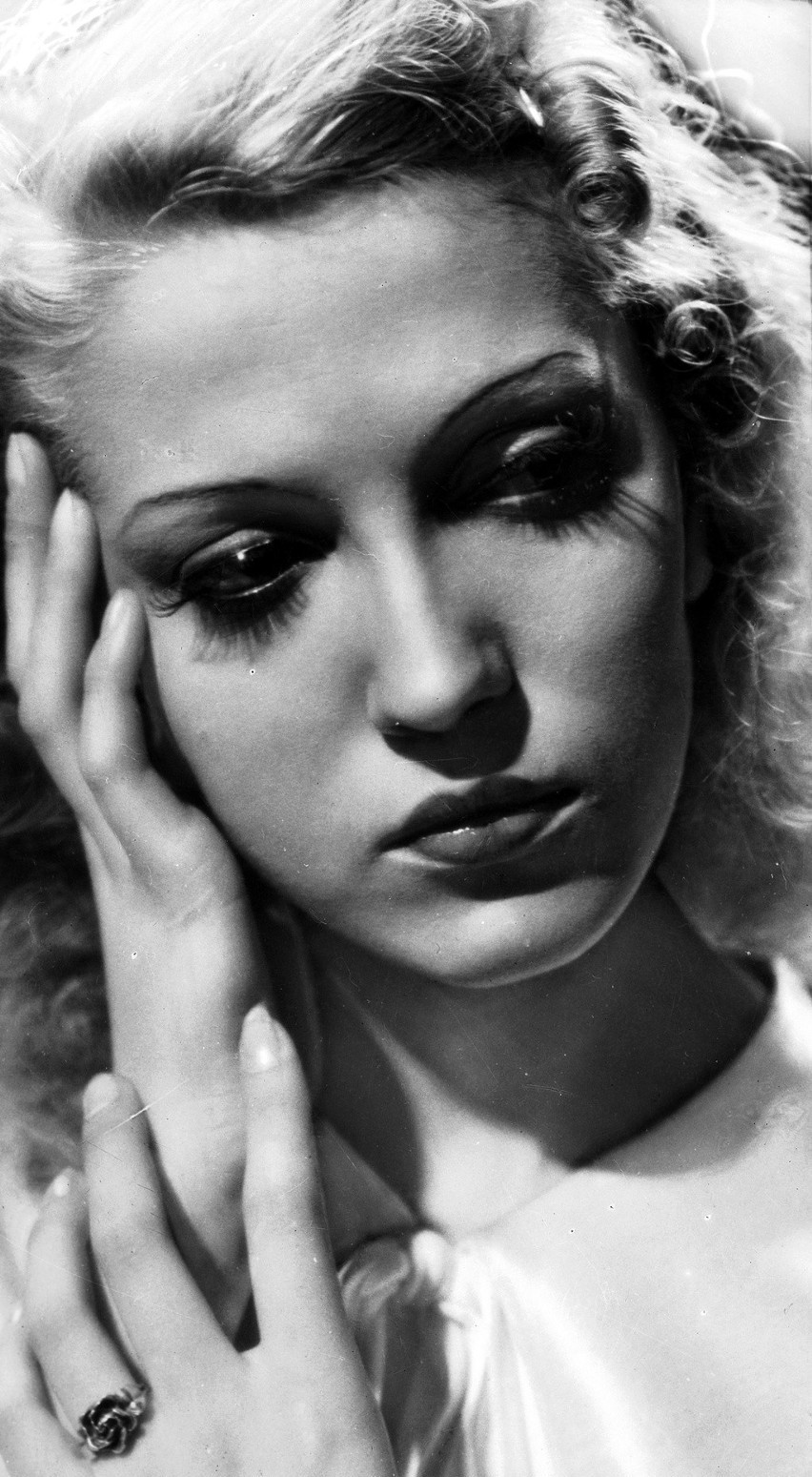






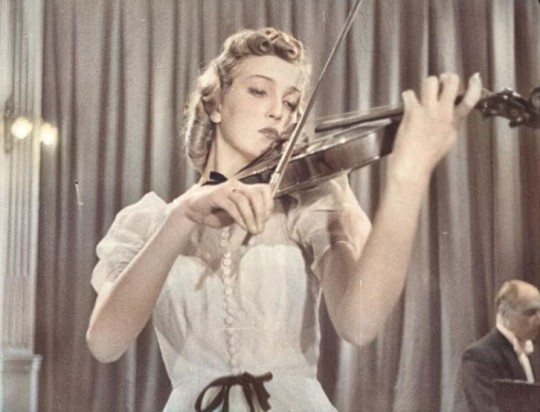

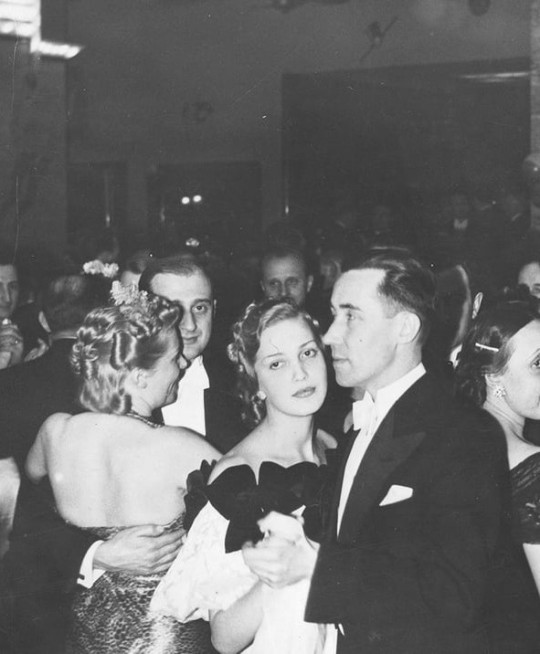
Tamara Wiszniewska (1919-1981) - Polish actress
Tamara Wiszniewska was born on December 19, 1919 in Dubno, Poland (now a region in western Ukraine) on the banks of the Ikva River. It was here that she spent her younger years during which she picked up dancing, which eventually led her to her career in film. In her 1981 obituary in the Democrat & Chronicle, it was reported that Tamara, at age 15, “Was a ballet dancer, when German film director Paul Wegener discovered her and gave her a role in the historical film, August der Starke (August the Strong)” which premiered in 1936. This German/Polish co-production is a biographical look into the life of Augustus II, ruler of Saxony and Poland-Lithuania from 1694-1733. Although Tamara played only a small role it marked her debut and eventual rise to fame within the Polish film industry.
Following her appearance in August der Starke, Tamara appeared in thirteen other films between 1936 and 1939, including Trójka Hultajska (The Trio Hultajska, 1937), Ordynat Michorowski (Ordinate Michorowski, 1937), and Kobiety nad Przepaścią (Women Over the Precipice, 1938). Wladyslaw (Walter) Mikosz, Tamara’s future husband, produced two of these films. In an interview, Tamara and Walter’s daughter, Irene, states that, "The two met because of their film careers, and were married [late that same year] in 1937".
Life for the Mikoszs was happy for a time. Tamara continued to pursue her acting career through 1938 and 1939 and had welcomed a new born daughter into the world alongside her husband, Wladyslaw. Unfortunately, these happy times did not last long as the Mikosz family experienced the rise of Nazi Germany and their occupation of Poland in 1939 during World War II. The following excerpt from an interview with Tamara in a 1974 Times Union tells how drastically their lives were changed:
"I always played a rich spoiled girl who had lovely clothes, and for a short time I lived that kind of life too. It was a short, beautiful life that ended when the Germans took over Poland in 1939. We were wealthy and the toast of the town then. We’d go to Prague and Vienna just to see an opera or to play in the casinos. When the Germans came, my intuition told me I should have something on me to exchange. I sewed my jewelry into my clothes. Later, it bought us passes to freedom and bread so we were never hungry."
The German occupation of Poland during World War II brought then “beautiful” life of the Mikosz family to an end. Gone were their illustrious careers in film and the rewards that such a life had brought to them. In a later interview, Irene mentioned that her mother "was preparing to sign a contract for a film career in Hollywood, but Hitler’s invasion of Poland derailed the plans". Sadly, Tamara’s last appearance on the silver screen was in 1939 prior to the invasion of Hitler’s Germany; she never again starred in any films.
Although her dreams had been crushed, Tamara and her family did not lose hope. They made the best of their current situation, and were able to survive by selling the fruits of their labors that they harvested during their days in the film industry; their lives had been consumed with a fight to survive rather than a dream to thrive. However, not being ones to live quiet lives, the Mikoszs volunteered for the Polish Underground, the exiled Polish government that fought to resist German occupation of Poland during World War II. As civilians with backgrounds in film, Tamara and Walter were most likely engaged in spreading Polish nationalistic and anti-German propaganda. Such efforts of the civilian branch of the Polish Underground was in support of what Jan Kamieński refers to as "small sabotage" in his book, Hidden in the Enemy's Sight: Resisting the Third Reich from Within: "In contrast of major sabotage, the idea of small sabotage was to remind the German occupiers of an enduring Polish presence, to ensure that they felt a constant sense of unease and generally undermine their self-confidence". While attending to these duties within the Underground, the Mikosz family was separated and shipped off to separate countries: Tamara and her daughter, Irene, to Czechoslovakia (where Tamara’s parents had been sent) and Walter to Bavaria. The family was not reunited until 1945, when they were sent to the same refugee camp in Bavaria. The Mikoszs remained in the Bavarian refugee camp until the year 1950, in which they emigrated to the United States of America. Tamara and Walter lived quiet lives in Rochester, NY after arriving from a war-torn Europe, and did so until they passed away.
Although they have long since passed away from this Earth, the stories of the Polish film star, Tamara, and her film-producer husband, Wladyslaw Mikosz, will live on so long as there are people around to tell it.
#history#history crushes#submission#tamara wiszniewska#polish#actress#film history#1930s#30s#old hollywood#women in film#women in history#poland#wwii#world war 2#ww2#ww2 history#old movies#old phography#20th century
212 notes
·
View notes
Text

Joanna Krupa - Polish Model and Actress
36 notes
·
View notes
Text


Ingrid Pitt in scenes from "The Vampire Lovers" (1970)
46 notes
·
View notes
Text

Krystyna Ankwicz in a play The Other Name of Love, 1932
232 notes
·
View notes
Text

Born on this day: Polish-British actress and Hammer Horror icon Ingrid Pitt (née Ingoushka Petrov, 21 November 1937 - 23 November 2010). If all Pitt ever did was The Vampire Lovers (1970) and Countess Dracula (1971), her cult status would be assured. As her obituary in The Guardian concluded, “She was able to imbue these vampire characters with every possible ounce of human feeling, as well as displaying a lustiness rare in British pictures, and a revealing cleavage.” Funnily enough, I just recently revisited The Wicker Man (1973) for the first times in years. Pitt’s supporting role is fleeting, and she barely speaks, and yet makes an indelible impression – a testament to her star charisma. Portrait of Pitt by Basil Gogos.
#ingrid pitt#basil gogos#hammer horror#lobotomy room#lesbian vampire#lesbian vampire movie#british horror#the vampire lovers#countess dracula#the wicker man#vampire priestess#horror icon#horror queen#polish actress#the house that dripped blood
20 notes
·
View notes
Text










✰— Jadwiga Smosarska in November Night (1932)
#old hollywood#interwar poland#jadwiga smosarska#classic actress#classic movies#vintage actress#vintage movies#1930s#1932#poland#polish movies#photography#vintage#interwar period
29 notes
·
View notes
Text

Polish actress Kasia Leszczuk, 1970
40 notes
·
View notes
Text


Małgorzata Braunek
18 notes
·
View notes
Text




Endless Zendaya Gifs (Part 13/♾️)
#endless zendaya#endless zendaya gifs#my gifs#gifset#zendaya#zendaya Coleman#zink Coleman#Hollywood#actress#mcu actress#marvel actress#celebrity#nails#pretty nails#cute nails#nail polish#tacos#taco truck#food
76 notes
·
View notes
Text
I watched Gentlemen Prefer Blondes out of an excess of boredom and unwillingness to do any of the things I actually have to do today, and (a) it really is staggering how attractive Marilyn Monroe is, even when next to Jane Russell; (b) Jane Russell is tall. Not excessively (wikipedia says she was 5'7" and intensely Christian, also surprising) but she's taller than most of her castmates and it shows; and also (c) I found out that it was based on Anita Loos' novel by the same name, which was a thinly-veiled send up of the Roaring 20s, with her writing her contemporaries into the stories. This does make me feel slightly robbed, because I think this film would be even more interesting if it was set in the 20s, America hovering on the cusp of financial ruin and partying with increasing, feverish hope of no tomorrow; Lorelei being aggressively cavalier about everything except having money, and dragging her more sensible, if sarcastic, co-conspirator around Europe with her.
#also both actresses are bad dancers. I don't know if they had a choreographer or what#but when they dance it looks awkward and feigned even when they're clearly moving in choreographed ways#also russell gets the funny zingers but monroe /is/ funnier#with a little more acting and polish it would be a great role honestly.#also did you know that edith wharton loved loos' book? wild. I mean not totally unexpected since american/european clashes#are sort of her thing but still; it's very old guard appreciating the new guard#anyway. now I probably have to go....do things....#a proscenium for our dreams
56 notes
·
View notes
Text
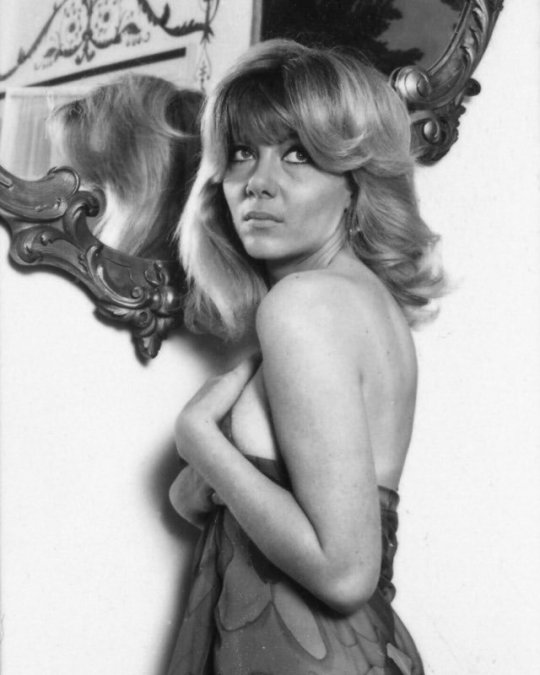

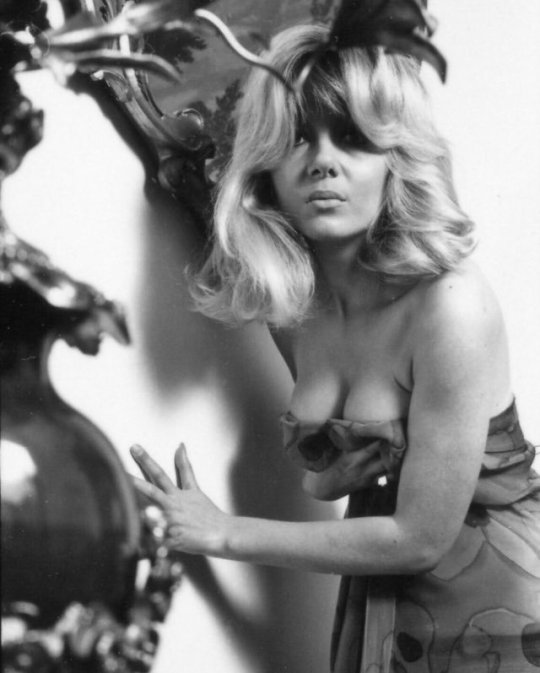
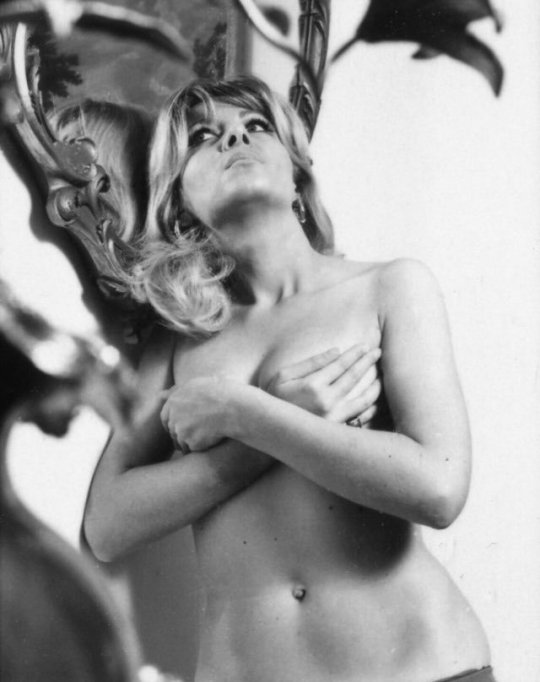
Ingrid Pitt In A Rare Photoshoot (ca.1960s)
Via twitter.com
#ingrid pitt#rare photoshoot#ca.1960s#stunning polish actress#modelling#cropped photos#b/w photography
222 notes
·
View notes
Text





she is taking the older sansa fc title for me. like this might just be sansa stark first of her name queen in the north
#i loveee pinterest#where else would i find pics of a random polish actress tht give the exact older sansa vibe i’ve dreamed of#like the hair the costume it’s so 🙂↕️🙂↕️🙂↕️🙂↕️🙂↕️#her name is izabella scorupco if ur wondering. no clue what film these pics r from tho#junk#fancasts
34 notes
·
View notes
Text

Anna Dereszowska - Polish Actress -
18 notes
·
View notes